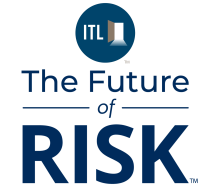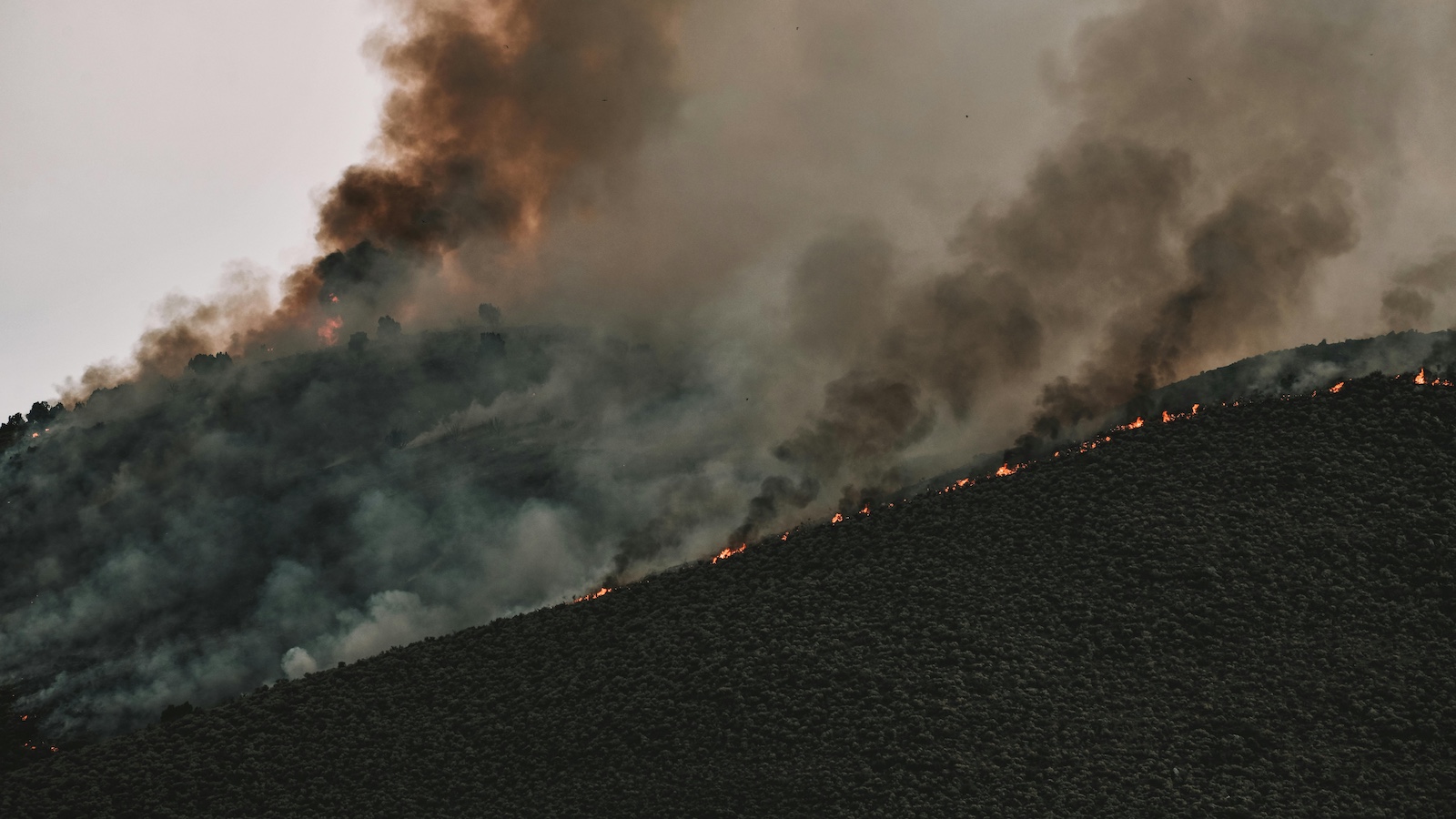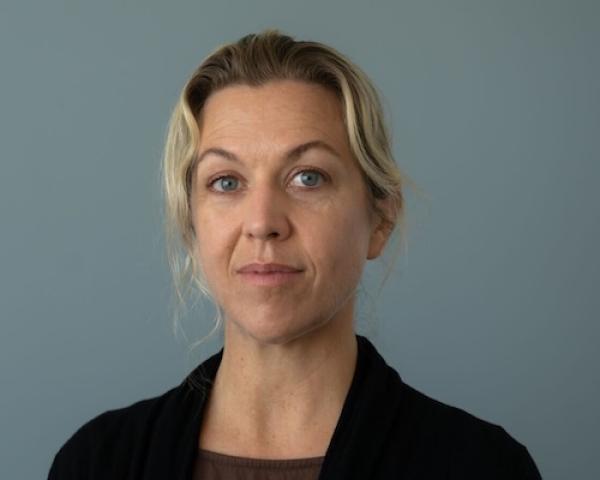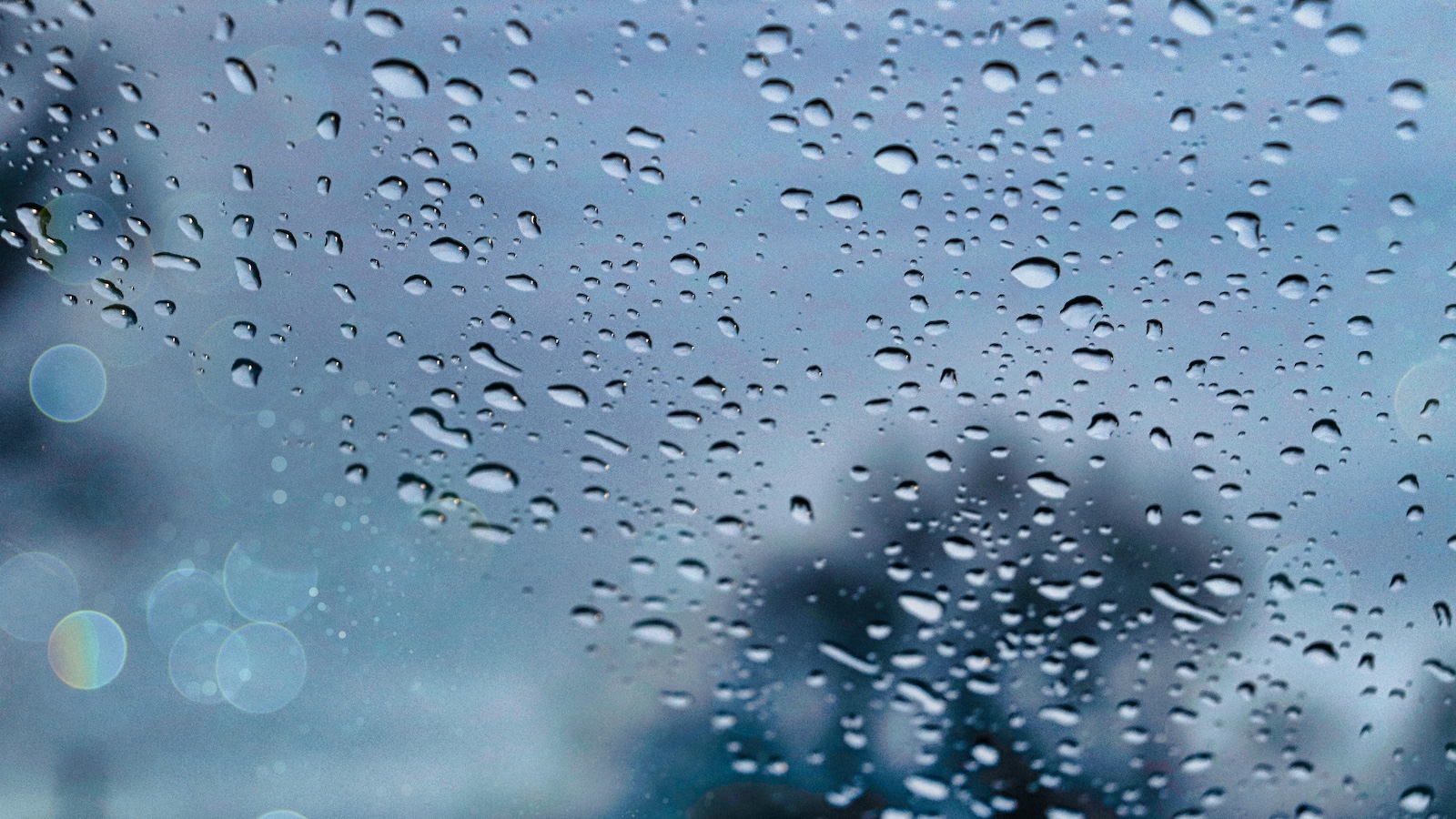The start of 2025 brought two devastating wildfires to Southern California: the Palisades fire and the Eaton fire. These events, fueled by severe Santa Ana winds and abundant post–atmospheric river vegetation, left behind widespread destruction, including thousands of damaged and destroyed structures. They also reinforced a larger trend of increasingly volatile wildfire behavior in the region—an outcome of shifting climatic conditions, altered precipitation patterns, and extended fire seasons.
The lessons from these latest fires underscore the evolving nature of wildfire and the need for it to be treated as a specialist peril rather than a generalist one. Most people get their wildfire coverage through their homeowners insurance, and most of the perils that are covered under a homeowners policy are seen as generalist, so you can use fairly traditional actuarial methodologies to figure prices. Wildfire used to fit that description. There was not much change. You may have had some bad years from time to time, but it wasn't bad enough to merit a specialist kind of approach by the entire industry, like we see for cyber risks.
This changed in 2017 when California's wine regions had surprising, devastating wildfires and then the Camp fire and Carr fire happened a year later. It became clear that the traditional approach of the industry was no longer very effective. Wildfire needs to be treated as a specialty kind of peril that requires much more targeted resources to underwrite and mitigate properly.
Why is the wildfire risk evolving in California?
Wildfires have long been a natural part of Southern California's landscape. However, their frequency, severity, and behavior have shifted dramatically in recent years due to human activity and climate change, necessitating a reassessment of risk and mitigation strategies.
The El Niño-Southern Oscillation (ENSO), a key climate driver, has become increasingly frequent and severe due to climate change. This has amplified atmospheric river events like the Pineapple Express, which bring heavy rainfall but exacerbate wildfire risk by fostering rapid vegetation growth followed by prolonged dry periods. For example, the Palisades and Eaton fires followed a strong El Niño event in late 2024 that shifted abruptly into a La Niña phase, creating abundant vegetation during the rainy period and extreme dryness in the months leading up to the fires.
Historically, Santa Ana winds were more likely to occur after the precipitation season had begun, mitigating their fire-spreading potential. However, as climate change has pushed the beginning of the precipitation season later in the year, these winds increasingly are occurring during drought conditions, and the resulting risk of large, destructive wildfires has grown significantly. Though wildfires have long been part of the region's ecological cycle, factors such as the ENSO, lengthening drought conditions, and extreme wind events have significantly altered fire behavior in recent years. As these elements converge, traditional models built on historical fire patterns are increasingly challenged, leaving both communities and insurers grappling with unpredictable risks.
Adding to this challenge is the expansion of the fire season seen across decades. Data on maximum fire sizes by month reveals a troubling trend. From 1985 to 1999, fires peaked in July and diminished after August. Between 2000 and 2009, fire sizes began to show secondary peaks later in the year. Most recently, from 2010 onward, a pronounced secondary peak has emerged in October and December, signaling an extended fire season. This shift, combined with the proliferation of invasive plant species, declining forest health, and worsening climate conditions, has exposed previously low-risk areas to significant wildfire hazards. These evolving dynamics present challenges for models relying solely on historical fire patterns, further highlighting the need for advanced predictive approaches.
Underwriting models need to keep up
The speed with which wildfire has evolved is making it even harder for traditional models to adapt as close to real time as possible. Despite the complex and evolving nature of the wildfire risk, it is possible to develop effective wildfire risk assessment models. Naturally, models must be more sophisticated and rely on advanced technology to make sense of the myriad of data needed to create the assessment.
As an example, the Delos model first integrates high-resolution data on fuel, wind, climate, and fire behavior alongside hundreds of additional layers of supporting data, providing comprehensive insight into wildfire risks. Second, it employs advanced machine learning methodologies looking at wildfire behavior independent from historical events to ensure that there are no surprises from tail-end risk events like the Palisades and Eaton fires. Finally, the model undergoes rigorous back-testing against historical fires and is reviewed by wildfire experts to ensure both accuracy and reliability. This approach has successfully predicted the full extent of all the major fires in the past five years, including the recent LA fires.
Conclusion
The Palisades and Eaton Fires serve as a stark reminder of the evolving wildfire risks in Southern California and the need for innovative solutions in wildfire risk mitigation. As climate change and environmental shifts continue to affect fire behavior, traditional models struggle to keep pace with emerging risks.
I have high hopes for progress in better analytical understanding of how to harden homes and broader communities. This should mean some areas that are considered unaffordable to insure now will, in future years, where homes have performed enough hardening against wildfire, be able to obtain affordable coverage. There are a lot of efforts taking place in the aftermath of the Los Angeles fires to figure out how to make these communities safer. Additionally, the California Department of Insurance has put a lot of effort into having insurers respond to these kinds of things.
Together, we can build a more resilient future in the face of evolving wildfire threats.
Delos has published a whitepaper providing more detail on the LA fires, which can be viewed here.






